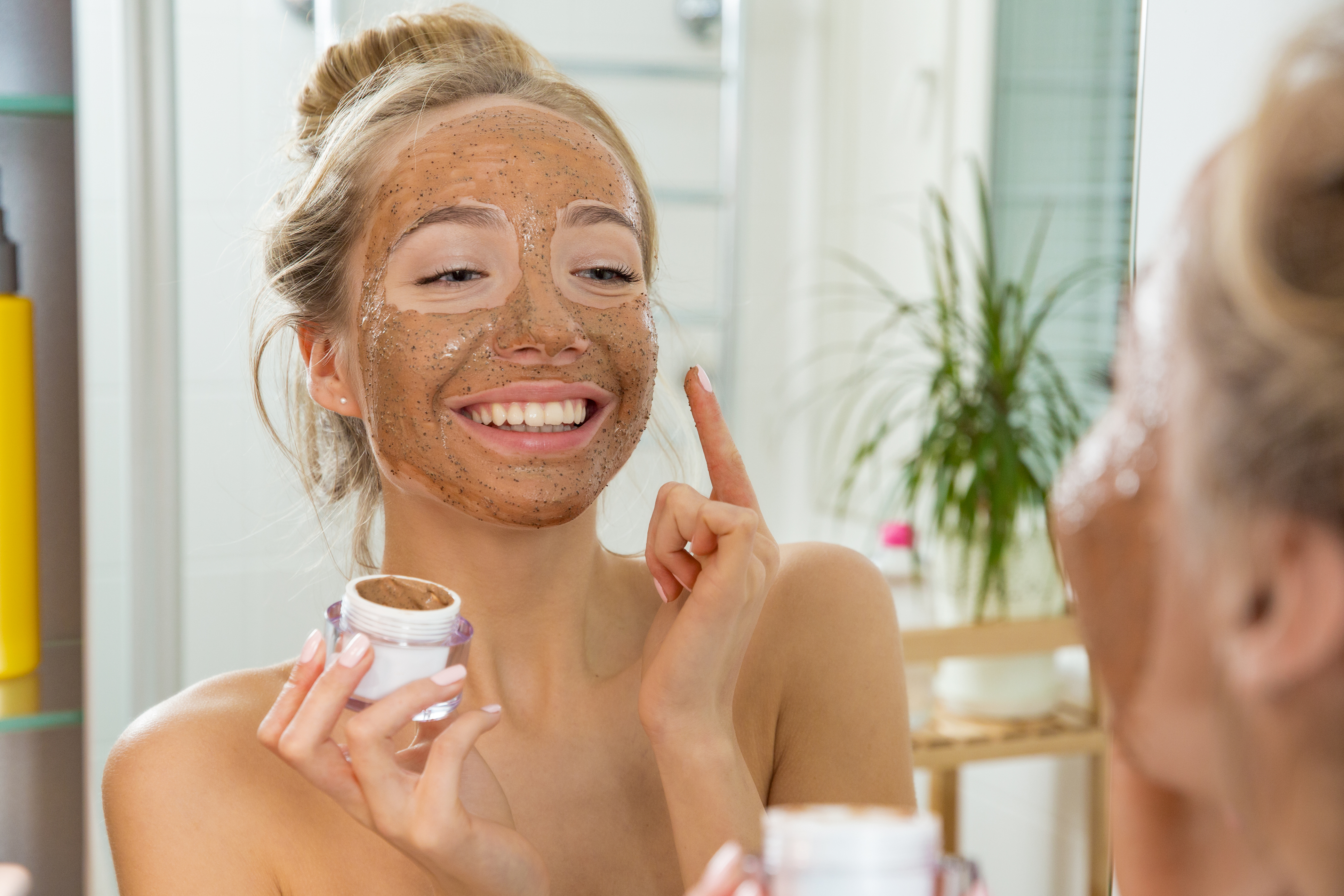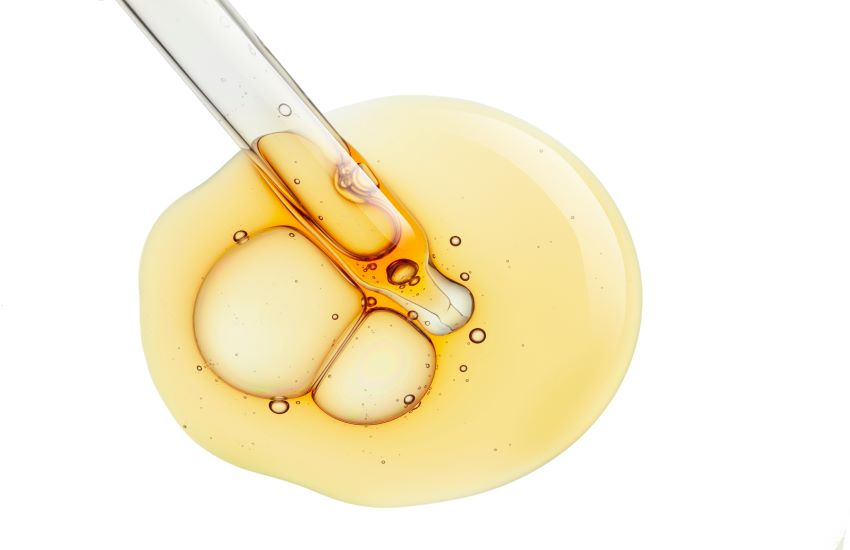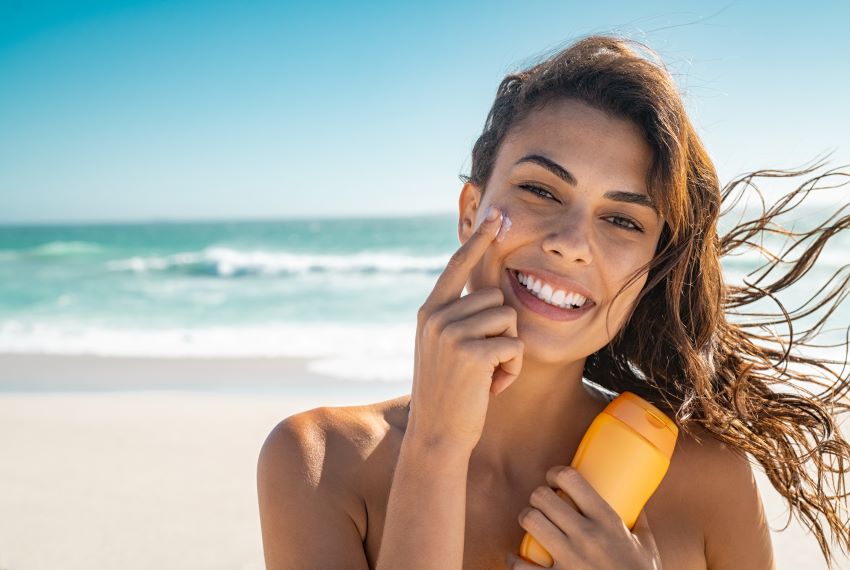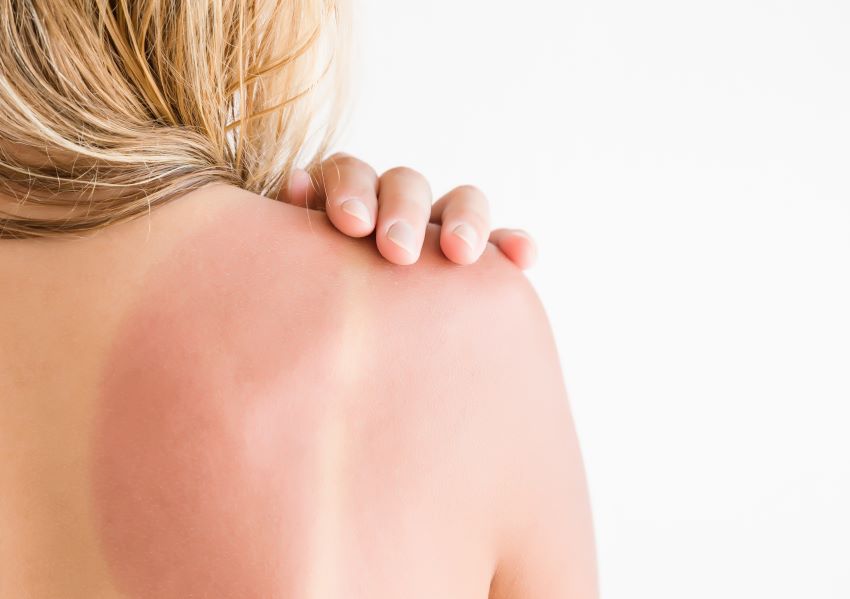Teenage skin can be super sensitive and need some ultra care, since puberty hits right around that age. Teenage skin…

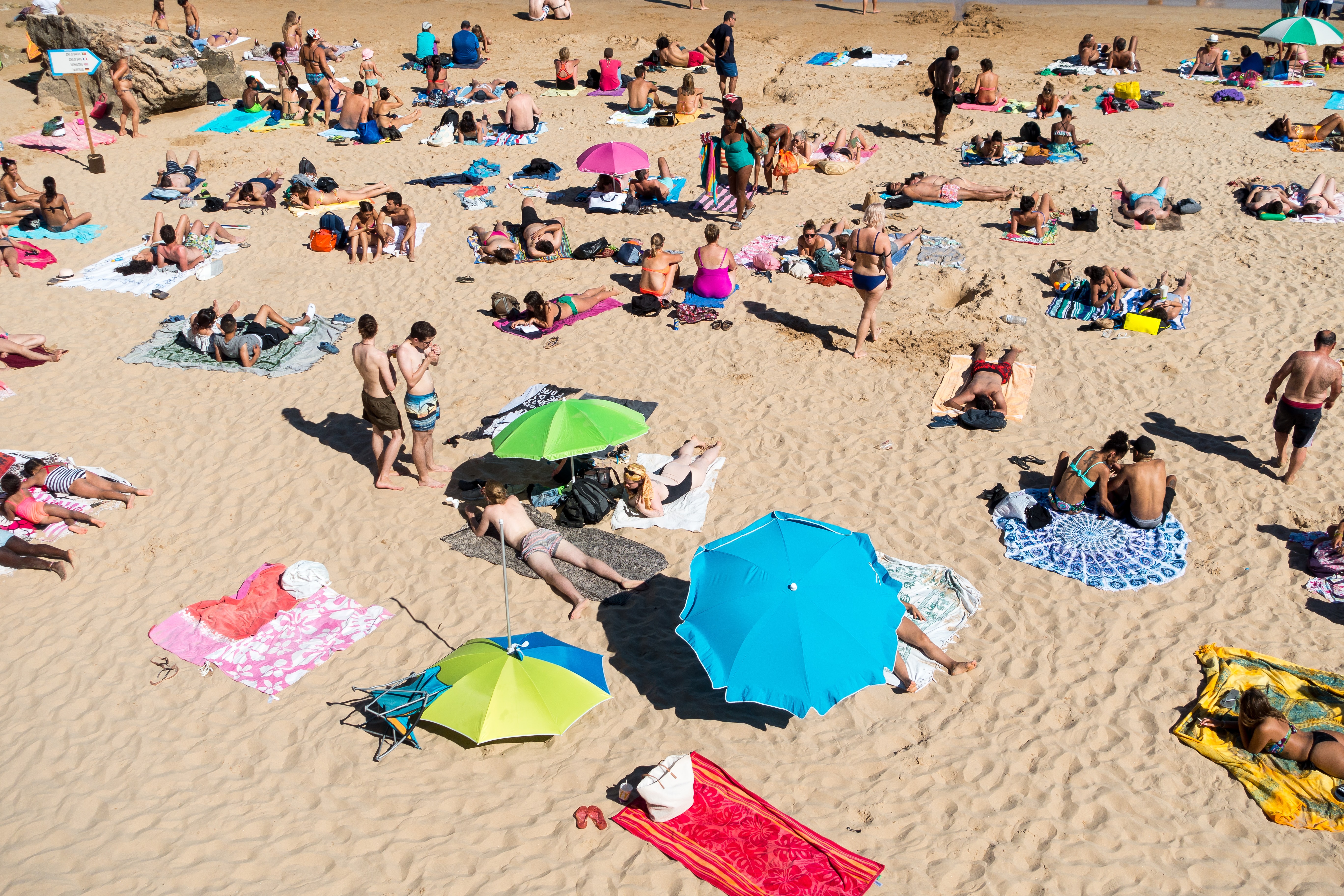 Healthy Skin
Healthy Skin
How to Treat Your Skin After Damage from the Sun
When it comes to sun-damaged skin, you may just think of sunburns. However, sun damage can present in other ways than just a burn. It can cause wrinkles, dry patches, and can even lead to skin cancer. Additionally, if you are trying to heal and treat a wound, the sun rays can be harmful to the healing process, and therefore, it should be kept covered while in the sun.
What are the signs that your skin is damaged from the sun?
- Sunburn
- Usually only lasting a few days, mild sunburns will turn your skin red and it will be warm and painful to touch. A more severe sunburn will result in the skin blistering and peeling for about a week after experiencing the burn. Aloe Vera will help cool down the burned skin. Applying sun protection creams to your skin will help prevent sun damaged skin.
- Actinic Keratoses
- Actinic keratosis are scaly rough patches that develop on your skin due to overexposure from the sun. The patches are typically found on the face, ears, back of your hands, forearms, scalp, or neck. They can be a variation of colors including white, pink, red, flesh-toned, dark tan, or a combination of these. Patches are sometimes raised, are very dry and rough, and can sometimes itch or irritate the skin. If left untreated, a small percentage of patches can turn into cancerous lesions.
- Actinic Cheilitis
- Actinic cheilitis is a form of actinic keratosis that affects your lips. It can cause a scaly white spot on your bottom lip and can have you constantly struggling with dry or split lips.
- Age Spots
- Age spots are larger (up to the size of a quarter) discolored spots that appear on the skin as you age. Age spots get darker with age and typically turn dark brown once you enter your 40s and 50s. If age spots change shape, color, or texture they can be cancerous.
- Atypical Moles
- Changes in atypical moles can be from the sun. When moles change color, bleed, itch, have uneven borders, or become darker this could mean it has become cancerous from sun damage.
- Rosacea
- UVA/UVB rays from the sun can harm the blood vessels in your face under your skin. Fluid can leak out and cause red bumps on the face when you blush. Typically, this rosacea occurs in women between the ages of 30 and 60. Learn about our Rosacea treatment.
- Wrinkles
- Exposure to too much sun affects the fibers and collagen that make skin firm and elastic. The UV rays speed up the aging process and will result in skin wrinkling, sagging, and aging more quickly. Therefore, we recommend not getting too much sun exposure to help slow down the aging process of the skin.
- Poikiloderma of Civatte
- This is a condition from the sun that turns your neck and cheeks reddish-brown. It can be itchy, sensitive, and can burn. Speak to a dermatologist if you experience these symptoms.
Can you repair your skin from sun damage?
- One of the best solutions to treat sun-damaged skin is with Vitamin A. Retinol, which is derived from Vitamin A, helps your skin by increasing collagen production, and encourages cell turnover. Retinol helps to reset and manage pigmentation, tone, and texture in your skin. It also helps with smoothing out wrinkles and fine lines from the collagen it helps to produce.
- DNA repair enzymes can also be used to repair sun-damaged brown spots and the lessening of collagen production. However, these enzymes are in the beginning stages of research so it is unclear how truly effective they are.
- Chemical peels are procedures performed by dermatologists that peel back the outermost layers of the skin. Removal of these top layers take off uneven pigmentation, fine lines, and lesions. Depending on the depth and intensity of the peel, they can be performed once or multiple times to remove damaged skin spots from the sun.
- Lightening agents are topical agents that have an ingredient called hydroquinone which has skin-lightening properties. Using hydroquinone with a product containing retinol works very well together to lighten dark sunspots.
- Laser treatments are another way to reverse the signs of sun damage. Laser resurfacing is a treatment that uses an instrument to remove that top layer of skin. This results in old skin cells dying and falling off to reveal newer, youthful, lighter skin cells. Another laser treatment called IPL (Intense Pulsed Light) helps sun-damaged skin and works to lessen hyperpigmentation, rosacea, and broken blood vessels around the nose and in the middle of the face.
Skin Damage Prevention
- Unfortunately, as there is no cure for sun-damaged skin, the best solution to minimize damage is to be cautious and take preventative measures when going in the sun. To prevent sun damage, you should: limit your time in the sun, wear a hat that covers your scalp, apply sunscreen daily with an SPF of 30 or higher, and avoid tanning beds.
Apotheco Pharmacy offers many skin care treatment solutions. Get in touch with us today if you need treatment for a skin condition.
Sources
- How to Spot Signs of Sun Damage - WebMD
- Is It Possible to Reverse Sun Damage? - Skin Cancer Foundation
- 3 Skin Treatments to Repair And Reverse Sun Damage - Anderson Plastic Surgery and MedSpa
- How to Reverse Sun-Damaged Skin - Scripps
This blog is based on research and/or other scientific articles and is written by our experienced Chief Strategy Officer and Pharmacist, Ronak Desai. This blog is fact checked by our educated Pharmacist in Charge, Darshan Patel, who additionally runs our Apotheco Manhattan location.
Here at Apotheco Pharmacy Group, our goal is to provide the most up to date and accurate information on health and dermatology related topics. We do this to ensure our readers can make informed decisions based on factual content. All blogs undergo an extensive review process before posted.
This blog contains trusted sources. All sources are listed at the bottom of this article with hyperlinks that take you directly to the source.


